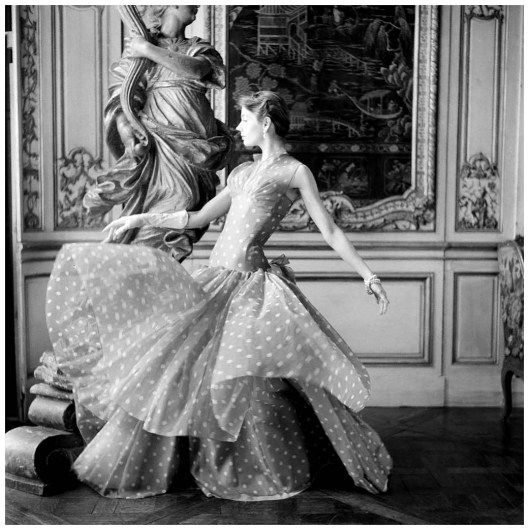What is the difference between style and fashion? These terms both connote clothing, so how different can they be?
Before attending Jeremy Lewis’ talk about his zine Garmento, and the current state of fashion (in terms of the dismal, dangerous, and dying fashion industry that our culture is drowning in), I thought there only were subtle nuances between style and fashion. I now understand the large gap between these two terms. The readings that Lewis recommended spoke to the key differences between polar opposite words. Through Hollander’s description of Madame Grès in “Alix Gres” from Some Modern Legends, I came to understand style as entirely amputated from fashion. I now define style as an artistic expression and aesthetic that is isolated from the force of fashion.
This definition of style sees fashion according to Jeremy Lewis’ definition of fashion; fashion is distinct from style since fashion thrives on whimsical trends, seeks commercial gains, and upholds class boundaries and social status. As Lewis confirmed, fashion was never suppose to be democratic or serve as an empowering means of individual expression. Fashion does not create an outlet for an individual to embrace her own desires; instead, fashion dictates what a woman wears, and she submissively becomes a slave to its capricious trends. She is willing to be a slave of its “in style” trends in order to be blessed with the labels of “fashionable” and “chic.”
Style, on the other hand, is where a woman can embody her own identity through the garments she wears. Unlike fashion, style allows a woman to view her body as her own piece of art that she can color and decorate to her liking. Style embodies a certain intrinsic, timeless aesthetic that is independent of commercialism and trends. A woman becomes her own artist through curating and selecting the trends that speak to her own tastes. Hollander’s description of a young Madame Grès is how I conceptualize style: “The girl had desired these particular creative paths, she had felt herself fit for them. And she ultimately had her perpetual revenge, giving herself unreservedly like a priestess of art to endlessly re-creating her personal synthesis of beauty-in-form and beauty-in-motion, ignoring polite accomplishments, social status, everything but her own version of perfection.” While fashion may seem like an unstoppable, fickle goddess that destroys everyone and everything in its wake, style is more powerful. Style urges a woman to find a stable sense of self through her own artistic aesthetic instead of appeasing fashion’s laws.




I keep in mind to dress for the occasion…….for my artistic aesthetic style.